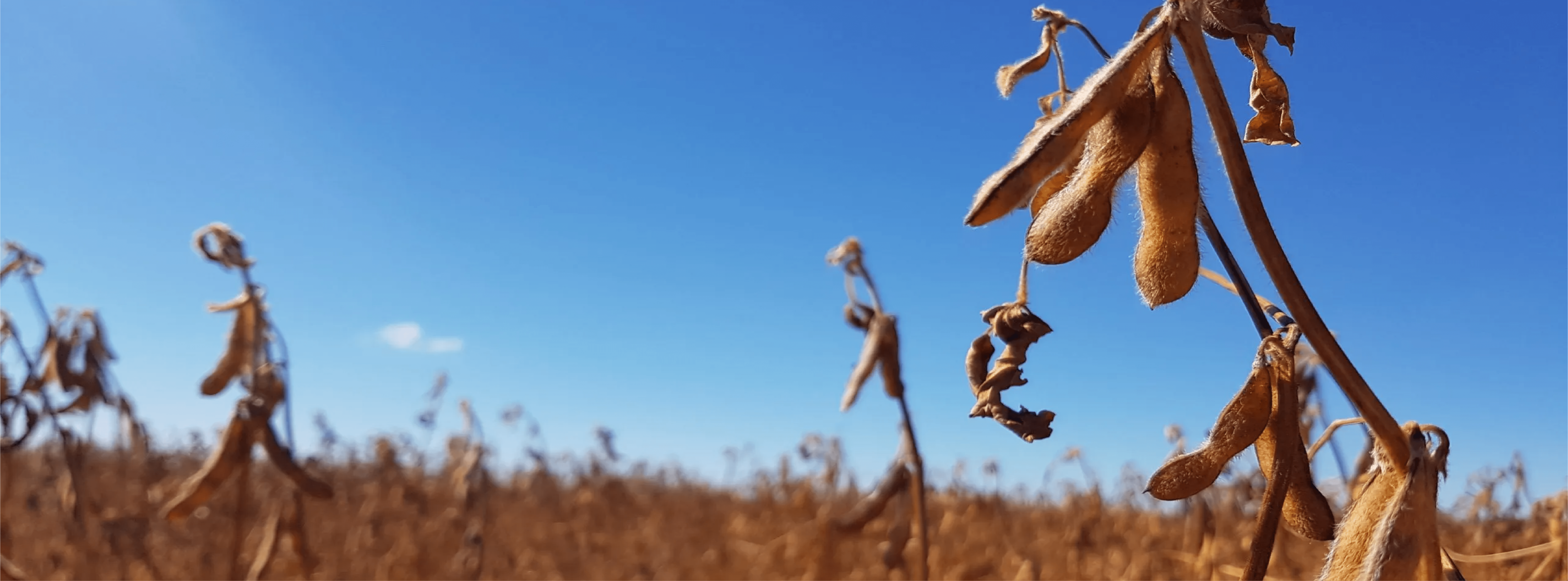
Category: Soybeans
Soybeans
-
2022 Disease Prevalence and Management Tools
2022 Update on Disease Surveillance in Soybeans, Peas and Dry Beans and On-Farm Fungicide Evaluation Results Read More
-
Declining Sources of Resistance to Phytophthora Root Rot in Soybeans and How to Manage It
SINCE the mid-1950s, many soybean growers across Canada have struggled with Phytophthora root rot (PRR), caused by the oomycete Phytophthora sojae. Once the disease is present in their fields, farmers must deal with it for a long time as surviving spores will persist in the soil for approximately 10 years. Read More
-
Assessing Grasshopper Damage
Pest Species in Manitoba There are 85 grasshopper species in Manitoba, but only four have the potential to become crop pests, including the migratory, twostriped,… Read More
-
Winter Rye Preceding Dry Beans and Soybeans
Overview of North Dakota research Greg Endres, NDSU Extension Cropping Systems Specialist, Carrington Research Extension Center, ND – Summer (June) 2021 Pulse Beat FARMER INTEREST WITH… Read More
-
Insecticide Resistance in Soybean Aphids
John Gavloski, Entomologist, Manitoba Agriculture and Resource Development – Summer (June) 2021 Pulse Beat WITH ANY INSECT, pathogen or weed, repeated exposures to the same chemical… Read More
-
Late-Season Weed Scouting. So Many Questions.
It’s late summer. You’ve sprayed for weeds. Between now and harvest, there’s nothing left to watch for except insects and diseases, right? Not necessarily. Your weed control program doesn’t end when the sprayer pulls out of the last field. Read More
-
2020 Foliar Disease Survey and On-Farm Fungicide Trial Results
Each year, a representative sample of soybean, field pea and dry bean fields are surveyed for root, foliar and stem diseases across Manitoba. Here are the results from the 2020 foliar and stem disease surveys and foliar fungicide results from the On-Farm Network. Read More
-
Considerations for Dry Seeding Conditions
April 14, 2021 Manitoba is currently facing an early, dry spring. Seedbed preparation and planting have already begun for a few farmers, and others are,… Read More
-
2020 Update on the Status of Root Rots in Soybeans, Dry Beans and Peas
In 2020, 63 soybean fields, 40 dry bean fields and 46 pea fields were surveyed in Manitoba for root diseases. Read More
-
Managing Kochia in Pulses and Soybeans
The status of herbicide-resistant kochia in MB, herbicide options in pulse and soybean crops and control goals. Read More
-
Managing Herbicide-Resistant Weeds
This past July 2020, MPSG hosted a webinar featuring Dr. Charles Geddes, Research Scientist at Agriculture and Agri-Food Canada in Lethbridge. This webinar covered Dr.… Read More
-
Phytophthora Root Rot
About Phytophthora Phytophthora root rot (PRR), caused by Phytophthora sojae, is a root and stem disease specific to soybeans. Unlike other root rot pathogens, PRR… Read More
-
WEBINAR: Managing Herbicide-Resistant Weeds in Soybeans
This webinar provides a recap of Manitoba-based research on volunteer canola management in soybeans and the latest updates on how to mitigate and manage herbicide-resistant… Read More
-
Late Soybean Seeding
Optimal vs. Late Soybean Seeding We now have extensive research results on soybean planting dates in Manitoba, including information on the impact of late soybean… Read More
-
Soybean Reseeding
Determine the Initial Plant Stand Before you make any replanting decisions, the first step is to assess the existing plant stand (live plants/ac). Use the… Read More
-
How Natural Enemies Respond to Soybean Aphids During High- and Low-Aphid Years
Crystal Almdal and Alejandro C. Costamagna, Department of Entomology, University of Manitoba – Summer (June) Pulse Beat 2020 Soybean aphids are an invasive species and… Read More
-
Soybean Seed Depth Assessment
Recommended Seed Depth The optimal seed depth range for soybeans in Manitoba is 0.75–1.75 inches, no shallower and no deeper, for the best emergence and… Read More
-
Herbicide Options for Soybeans
Herbicide options for soybeans from the Guide to Field Crop Protection. Read More

You must be logged in to post a comment.